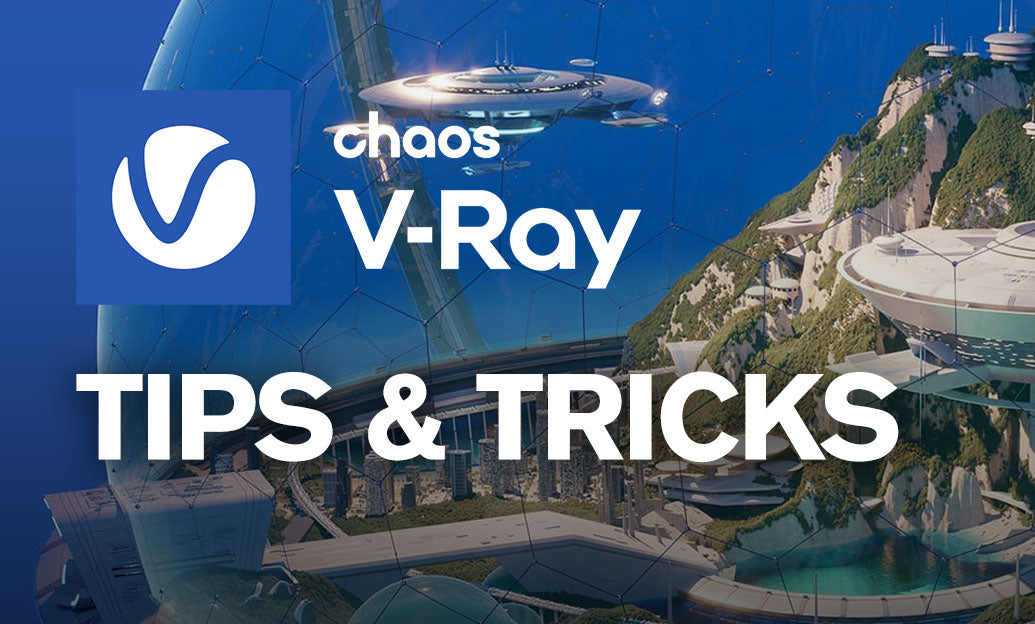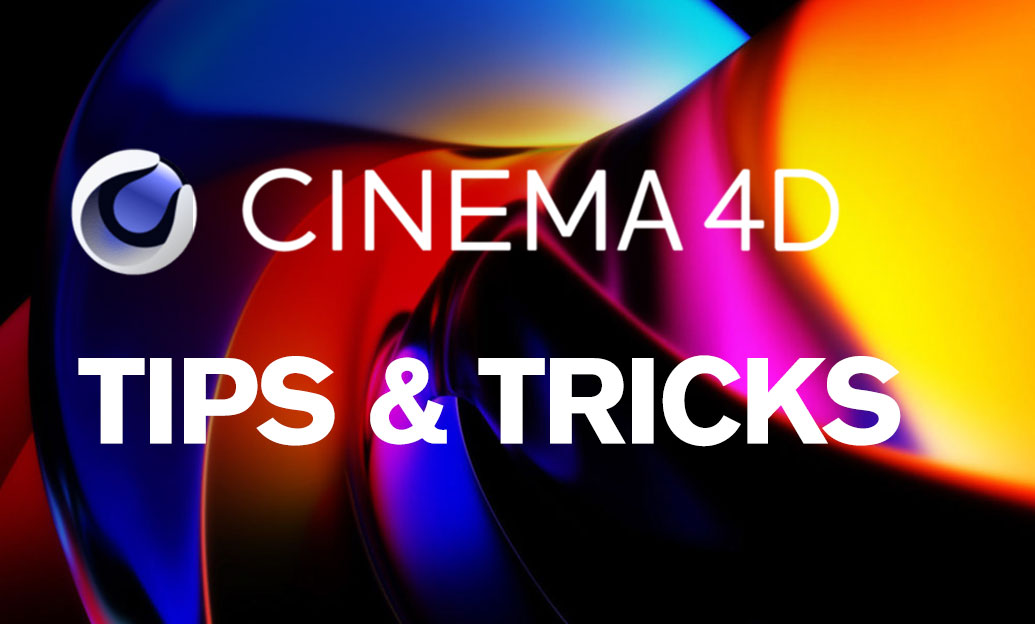Your Cart is Empty
Customer Testimonials
-
"Great customer service. The folks at Novedge were super helpful in navigating a somewhat complicated order including software upgrades and serial numbers in various stages of inactivity. They were friendly and helpful throughout the process.."
Ruben Ruckmark
"Quick & very helpful. We have been using Novedge for years and are very happy with their quick service when we need to make a purchase and excellent support resolving any issues."
Will Woodson
"Scott is the best. He reminds me about subscriptions dates, guides me in the correct direction for updates. He always responds promptly to me. He is literally the reason I continue to work with Novedge and will do so in the future."
Edward Mchugh
"Calvin Lok is “the man”. After my purchase of Sketchup 2021, he called me and provided step-by-step instructions to ease me through difficulties I was having with the setup of my new software."
Mike Borzage
V-Ray Tip: Enhancing Realism in V-Ray Renders: Tips for Advanced Texturing Workflows
May 03, 2024 2 min read

Advanced texturing can elevate the realism and intricacy of your V-Ray renders. Here are some tips and tricks to enhance your texturing workflow:
- Utilize High-Quality Textures: Begin with high-resolution images to maintain detail even at close zoom levels. Resources like textures.com offer a vast library of images.
- Layering Textures: Combine different textures to create complex surfaces. V-Ray's Blend Material can help achieve this by blending multiple materials with different textures.
- UVW Mapping: Properly map your textures to your 3D objects. Tools like V-Ray's UVW Randomizer can help to vary the placement and orientation of textures, reducing repetition.
- Use Procedural Textures: Procedural textures within V-Ray can offer infinite variations and detailed control without the need for bitmap images. Experiment with noise, cellular, and wood textures for different effects.
- Bump and Displacement Maps: Adding these maps can greatly enhance realism by simulating surface irregularities and depth without the need for additional geometry.
- Reflective Glossiness: A critical aspect of texturing is managing reflectivity. Adjust the glossiness of your textures to simulate different materials realistically.
- Subsurface Scattering: Use V-Ray's Subsurface Scattering for materials like skin, wax, or marble to achieve a translucent effect where light penetrates the surface.
- Triplanar Mapping: For objects without a clear UV map, triplanar mapping can project textures without visible seams, particularly useful for organic shapes or terrain.
- Texture Tiling: Control repetition through the use of V-Ray's texture tiling options, ensuring textures look natural without obvious repeats.
- Weathering Effects: Introduce wear and tear on surfaces with dirt and scratch maps to add history and realism to your objects.
Remember, texturing is not just about applying images to surfaces; it's about conveying the material's story. Pay attention to the minute details that make materials look lived-in and tactile. For more insights and resources, visit NOVEDGE, where you can find a variety of tools and plugins to enhance your V-Ray experience.
Keep exploring new techniques and applying them to your projects to see your texturing skills improve over time.
You can find all the V-Ray products on the NOVEDGE web site at this page.
Also in Design News

Leveraging Social Media for Enhanced Design Collaboration, Inspiration, and Professional Growth
May 18, 2024 2 min read
Read More
Cinema 4D Tip: Enhancing VR and AR Experiences with Optimized Cinema 4D Workflows
May 18, 2024 2 min read
Read MoreSubscribe
Sign up to get the latest on sales, new releases and more …



